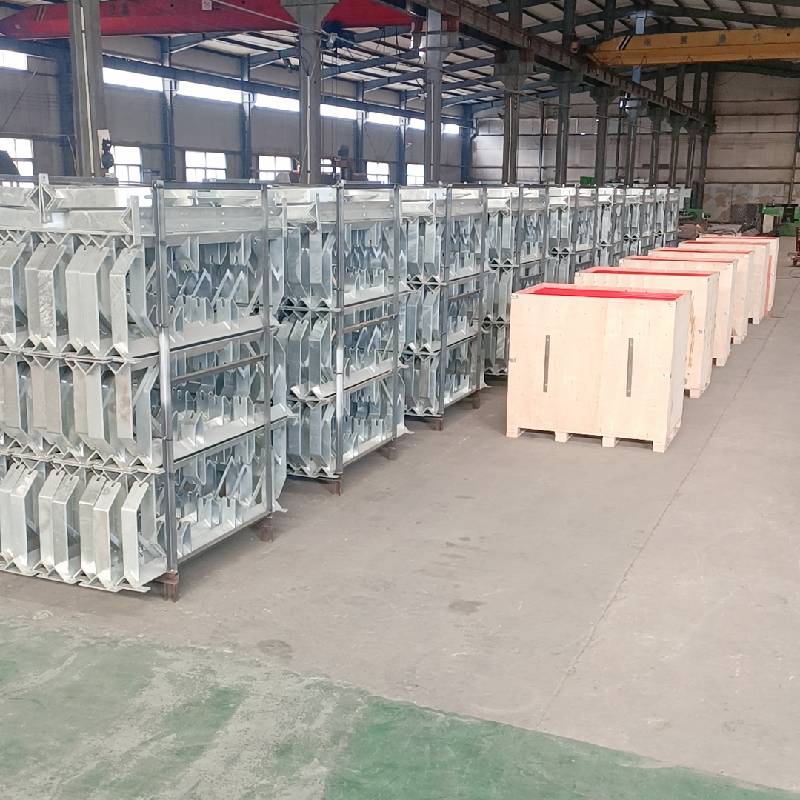 Afrikaans
Afrikaans  Albanian
Albanian  Amharic
Amharic  Arabic
Arabic  Armenian
Armenian  Azerbaijani
Azerbaijani  Basque
Basque  Belarusian
Belarusian  Bengali
Bengali  Bosnian
Bosnian  Bulgarian
Bulgarian  Catalan
Catalan  Cebuano
Cebuano  Corsican
Corsican  Croatian
Croatian  Czech
Czech  Danish
Danish  Dutch
Dutch  English
English  Esperanto
Esperanto  Estonian
Estonian  Finnish
Finnish  French
French  Frisian
Frisian  Galician
Galician  Georgian
Georgian  German
German  Greek
Greek  Gujarati
Gujarati  Haitian Creole
Haitian Creole  hausa
hausa  hawaiian
hawaiian  Hebrew
Hebrew  Hindi
Hindi  Miao
Miao  Hungarian
Hungarian  Icelandic
Icelandic  igbo
igbo  Indonesian
Indonesian  irish
irish  Italian
Italian  Japanese
Japanese  Javanese
Javanese  Kannada
Kannada  kazakh
kazakh  Khmer
Khmer  Rwandese
Rwandese  Korean
Korean  Kurdish
Kurdish  Kyrgyz
Kyrgyz  Lao
Lao  Latin
Latin  Latvian
Latvian  Lithuanian
Lithuanian  Luxembourgish
Luxembourgish  Macedonian
Macedonian  Malgashi
Malgashi  Malay
Malay  Malayalam
Malayalam  Maltese
Maltese  Maori
Maori  Marathi
Marathi  Mongolian
Mongolian  Myanmar
Myanmar  Nepali
Nepali  Norwegian
Norwegian  Norwegian
Norwegian  Occitan
Occitan  Pashto
Pashto  Persian
Persian  Polish
Polish  Portuguese
Portuguese  Punjabi
Punjabi  Romanian
Romanian  Russian
Russian  Samoan
Samoan  Scottish Gaelic
Scottish Gaelic  Serbian
Serbian  Sesotho
Sesotho  Shona
Shona  Sindhi
Sindhi  Sinhala
Sinhala  Slovak
Slovak  Slovenian
Slovenian  Somali
Somali  Spanish
Spanish  Sundanese
Sundanese  Swahili
Swahili  Swedish
Swedish  Tagalog
Tagalog  Tajik
Tajik  Tamil
Tamil  Tatar
Tatar  Telugu
Telugu  Thai
Thai  Turkish
Turkish  Turkmen
Turkmen  Ukrainian
Ukrainian  Urdu
Urdu  Uighur
Uighur  Uzbek
Uzbek  Vietnamese
Vietnamese  Welsh
Welsh  Bantu
Bantu  Yiddish
Yiddish  Yoruba
Yoruba  Zulu
Zulu idler roller types
Understanding Idler Roller Types A Comprehensive Overview
Idler rollers are crucial components used in various industries, particularly in conveyor systems and material handling equipment. Their main function is to support and guide the conveyor belts, ensuring a smooth and efficient operation. Understanding the different types of idler rollers is essential for selecting the right one for specific applications. Below are some of the most common types of idler rollers, along with their features and applications.
1. Flat Idler Rollers
Flat idler rollers are the most basic type, consisting of a simple cylindrical shape. They are primarily used to support the conveyor belt in various operations, providing a flat surface for the belt to glide over. These rollers are often found in lighter-duty applications, such as packaging and sorting systems, where the load is not excessively heavy. Their straightforward design makes them easy to install and maintain.
Crowned idler rollers have a slightly raised middle section that tapers off towards the edges. This design helps in aligning the conveyor belt, minimizing the risk of misalignment and slippage during operation. They are particularly effective in applications where the belt experiences significant lateral movement, such as in mining and aggregate handling. The crown shape ensures that the belt remains centered, leading to increased efficiency and longevity.
3. Rubber-Coated Idler Rollers
idler roller types

Rubber-coated idler rollers feature a layer of rubber around the cylindrical core. This rubber coating enhances grip and minimizes slippage, making them ideal for handling materials that might slide or roll off during transportation. These rollers are commonly used in industries dealing with bulk materials like grains, ores, and aggregates. The rubber also provides added protection against wear and tear.
4. Self-Aligning Idler Rollers
Self-aligning idler rollers are designed with a unique pivoting mechanism that allows them to adjust to the conveyor belt's position automatically. This feature makes them particularly useful in environments where belt misalignment is common. The ability to self-correct helps reduce the wear on both the rollers and the conveyor belt, leading to lower maintenance costs and longer operational life.
5. Impact Idler Rollers
Impact idler rollers are specifically designed to absorb shock and impact loads. They are typically used in sections of the conveyor system where heavy materials are loaded onto the belt. The rollers are constructed with robust materials to withstand high-impact forces, ensuring the integrity of the conveyor system. These are essential components in mining, construction, and heavy machinery applications.
Conclusion
Choosing the right type of idler roller is critical for optimizing the performance of a conveyor system. Each type comes with its unique features and applications, designed to meet specific operational challenges. By understanding the various types of idler rollers, businesses can ensure efficient material handling and extended equipment lifespan, thus improving overall productivity. Whether it’s flat, crowned, rubber-coated, self-aligning, or impact idler rollers, each plays a vital role in modern material handling solutions.
-
Revolutionizing Conveyor Reliability with Advanced Rubber Lagging PulleysNewsJul.22,2025
-
Powering Precision and Durability with Expert Manufacturers of Conveyor ComponentsNewsJul.22,2025
-
Optimizing Conveyor Systems with Advanced Conveyor AccessoriesNewsJul.22,2025
-
Maximize Conveyor Efficiency with Quality Conveyor Idler PulleysNewsJul.22,2025
-
Future-Proof Your Conveyor System with High-Performance Polyurethane RollerNewsJul.22,2025
-
Driving Efficiency Forward with Quality Idlers and RollersNewsJul.22,2025





























